Recommendations for growing marigolds in the open field and caring for them
Marigolds are a plant familiar to many growers. Even for beginners, planting a marigold plant, growing and caring for it will not be difficult. They are loved for their unpretentiousness and wonderful decorative qualities.
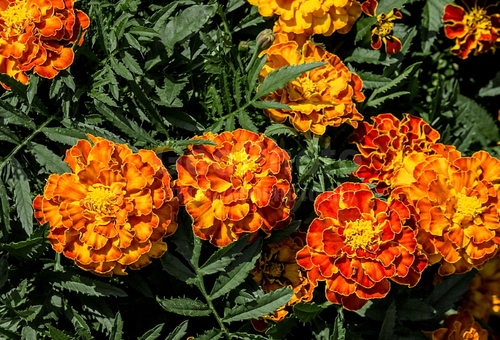
The homeland of marigolds is Central and South America, they belong to the Aster family. To date, more than 40 species of this plant have been bred, it is grown in almost all countries of the world. This plant is thermophilic, frosts are destructive for it. But these flowers tolerate the lack of moisture easily, only at the beginning of the growing season they need abundant watering. The soil is suitable for them light, fertile, with weak or neutral acidity.
Advice! When preparing the soil for planting marigolds, in no case should manure be applied, you can only fertilize with humus or compost.
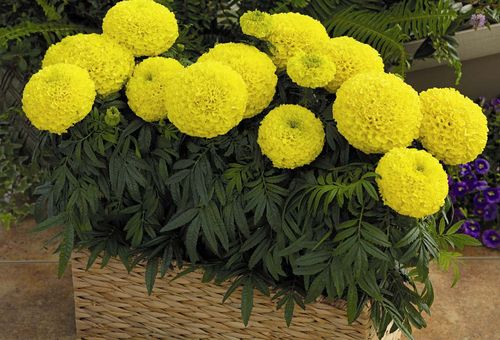
The varieties of marigolds, also called black shaves, differ in the height of the stems and the size of the flower baskets. Basically, 3 species are cultivated in flower beds.
- Marigolds erect - the tallest species. The height of its stems reaches 1 meter. Inflorescences are large, most often double, monochromatic.
- Marigolds rejected or French. They grow in the form of small bushes, no higher than 60 cm. Inflorescences are multi-colored, of medium size.
- Marigolds are thin-leaved. This plant is no more than 40 cm high, with small feathery leaves and small flowers.
Most marigold varieties are annuals, but there are also perennial varieties such as Carmen and Bonanza. These are medium-sized species of rejected marigolds. When planting such varieties, you do not need to sow seeds or plant seedlings every year, these are perennial varieties that are good.
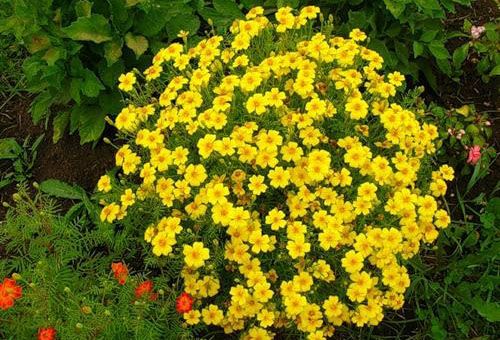
Many garden plots, city flower beds and balconies are decorated with marigolds. Planting and caring for them is quite simple, but still has its own characteristics, knowing which each grower can grow these elegant flowers on his site.
Planting methods
Since these flowers are unpretentious, they can be sown directly into open ground. Marigolds usually propagate by seeds, although a cuttings growing method is also possible. Seeds remain viable for 2 years, but it is still better to take fresh seeds for planting, especially since they are easy to collect yourself from well-dried inflorescences. Seeds can be planted dry or sprouted.
In open ground, seeds are sown in May, when the soil warms up well. Sowing is carried out in shallow grooves, well watered. When the seedlings grow up, they are planted so that the plants do not interfere with each other. Marigolds grow quite quickly and begin to bloom within a month and a half after planting. To
Seeds for seedlings begin to be planted in early March, when natural light is enough for it. Tall varieties take longer to grow and therefore need to be sown earlier than short ones. Soil for seedlings is prepared from humus, sand and peat; it is imperative that a drainage layer is made of expanded clay or crushed stone. Disinfect the soil with a solution of potassium permanganate and spread the seeds into shallow grooves. Containers with seedlings are placed in a warm, well-lit place, the soil is moistened as it dries.
After emergence, the seedlings are transferred to a cooler place. When 2-3 leaves appear, the seedlings dive at a distance of 7-8 cm from each other so that they do not stretch out. Plants are planted in open ground in mid-May, in the northern regions - in early June, when the threat of frost passes.If frosts are still possible, the seedlings will need to be covered with foil. The distance between plantings depends on the variety: tall varieties need to be planted 40-50 cm from each other, undersized ones - at a shorter distance. Marigolds tolerate a transplant very easily. Watering after planting is necessary often and abundantly, otherwise the flowers will be small, and the bushes will be stunted.
Marigold care
Caring for marigolds is simple, it is enough to follow a few rules in order for them to decorate the site with their bright colors until frost.
- Plants need good lighting for abundant and lush flowering. Although they tolerate shaded areas easily, marigolds growing in the shade will have smaller buds and shorter flowering times.
- Flowers require frequent watering only at the beginning of the growing season. As soon as the buds begin to set, watering must be reduced, excess moisture leads to rotting of the roots. In dry periods, watering the plants is enough every other day before sunset, when the heat subsides. During prolonged rains, large inflorescences can begin to rot in marigolds. They must be removed in a timely manner in order to prevent the whole plant from rotting.
- You can feed the marigolds with complex fertilizer 2 weeks after planting the seedlings, although only plants that are grown in pots and containers need regular feeding. Flowers growing outdoors are best fed with organic fertilizers, such as mature compost, or mulch the soil around the plants with cut grass.
- But regular loosening and weeding of flowers is necessary. Their root system needs air-saturated soil, and the soil crust that forms after watering prevents this. For the same reason, plantings cannot be thickened, closely spaced plant roots will interfere with each other.
- Tall varieties can be trimmed or simply pinched off the tops of the shoots, this leads to the formation of side shoots and the formation of lush bushes. In autumn, plants are removed from the beds after complete drying.
Advice! If you regularly remove old wilted inflorescences, marigolds will begin to bloom even more profusely.
Disease prevention
Marigolds are rarely affected by any diseases and pests. In rainy weather, slugs can appear on the plants and eat up the leaves. To scare off pests, containers with bleach are placed in the flower garden, the smell of which slugs cannot stand. Also, in damp weather, flowers can be affected by gray rot. Infected plants must be destroyed immediately, because gray mold spores can spread to other plants. In a dry summer, a spider mite may appear on the flowers, you can fight it by spraying the plantings with an infusion of onion peels.
Useful and decorative properties of marigolds
Marigolds are widely used in landscape design. They are grown in pots and pots to decorate summer gazebos and verandas. Low-growing varieties are planted as borders along garden paths, they also look spectacular on alpine slides, in rockeries and in a flower bed. You can arrange a flower garden in an original way if you plant different varieties of marigolds in height and color. They also go well with other long-blooming crops such as zinnias and chrysanthemums.
In addition to remarkable decorative properties, marigolds also have a lot of useful properties. This unique plant is a real orderly of the garden and vegetable garden. They are used for pest control. The smell of these plants scares off cruciferous fleas, aphids, bedbugs. Flowers are planted in the area where the potatoes grow to scare off the Colorado potato beetle. With their help you can fight even a bear.
- Marigolds suppress the pathogens of fungal diseases that live in the soil and repel the nematode. For the prevention of fungal diseases, the plant is grown as a green manure for 2 months, then mowed and embedded in the soil.You can also scatter their crushed stems on the site in the fall, and the places where a nematode or fungal diseases have been found can be thoroughly mulched with these crushed stems.
- You can plant marigolds next to other garden crops to protect against pests and diseases, but in limited quantities, because they can inhibit the growth of these crops. An infusion or decoction of the plant is also used for pest control. The whole plant is collected and dried, crushed. Take 200 g of a dry plant on a bucket of boiling water and insist for 2 days. This infusion is sprayed or watered with vegetable and flower crops.
- A decoction from the plant can disinfect bulbs of other flowers before planting. It is very useful to place dried marigolds in compost heaps in autumn to disinfect the compost from diseases and pests.
The healing properties of the plant
Marigold flowers can be used to treat various diseases. They contain various essential oils, carotene, lutein. For the treatment of diseases of the pancreas, in particular diabetes mellitus, an infusion of flowers and leaves of a plant is used. Medicines prepared by marigolds strengthen the immune system, increase the body's resistance to colds, flu, bacteria and viruses.
Tincture of flowers improves the state of the cardiovascular system, has a calming effect. With its help, you can get rid of headaches, stress and even depression. A decoction of marigolds normalizes digestion, has a diuretic and laxative effect. To remove salts and toxins from the body, take a decoction of flowers. With constant work at the computer, it is useful to eat 2-3 inflorescences a day, because they contain lutein, which is very beneficial for eyesight.
Decoctions and infusions can also be used for various skin diseases for washing and lotions, for prickly heat in children. Lotions and face masks are prepared from the inflorescences, which have a rejuvenating effect. Olive oil infused with marigold flowers is used as a lip balm and as a wound healing agent. Fresh plant juice relieves itching from insect bites.
In addition, dried and powdered flowers can be used as a seasoning for meat and fish dishes. It is widely used in Georgian cuisine and is known as Imeretian saffron.
All these wonderful properties of marigolds, their unpretentiousness, ease of growing and caring for them, make them a welcome guest on every garden plot. Their bright sunny inflorescences will decorate your flower garden until late autumn.
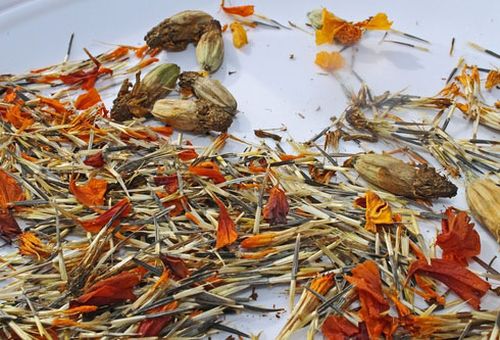
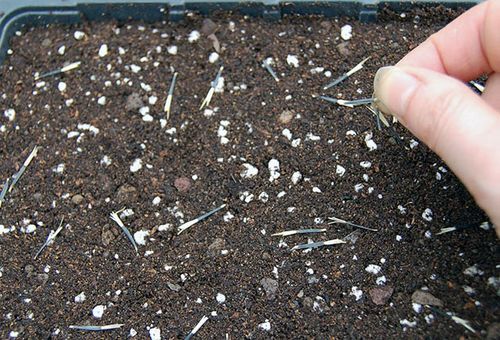

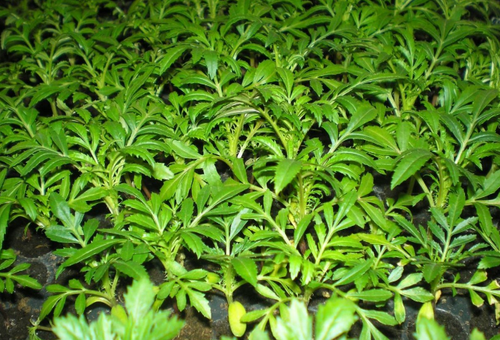
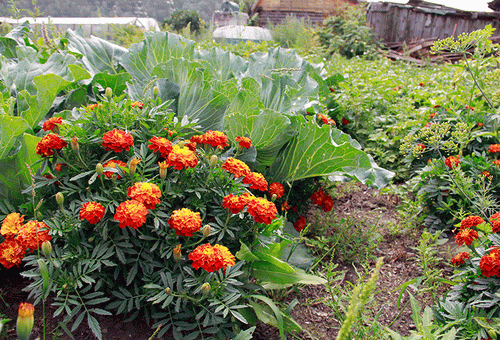
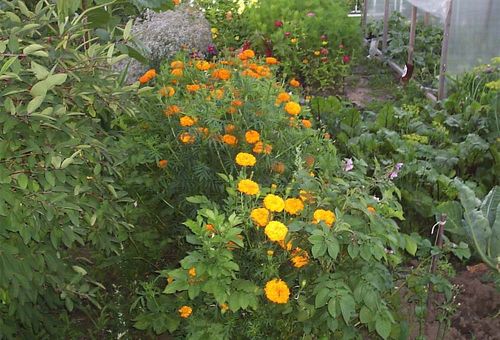
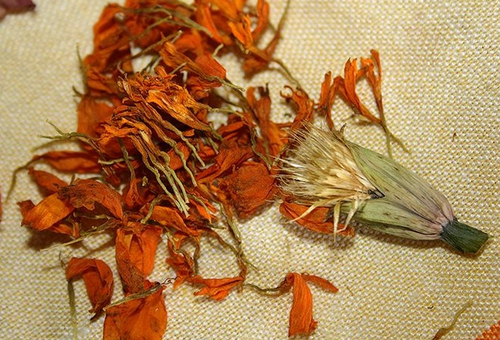
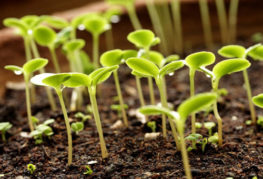

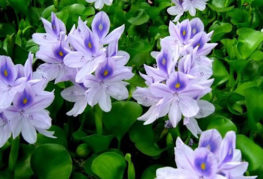
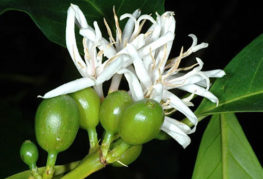
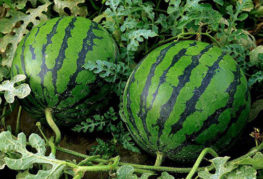
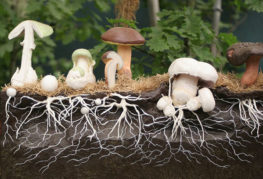
and will be published shortly.